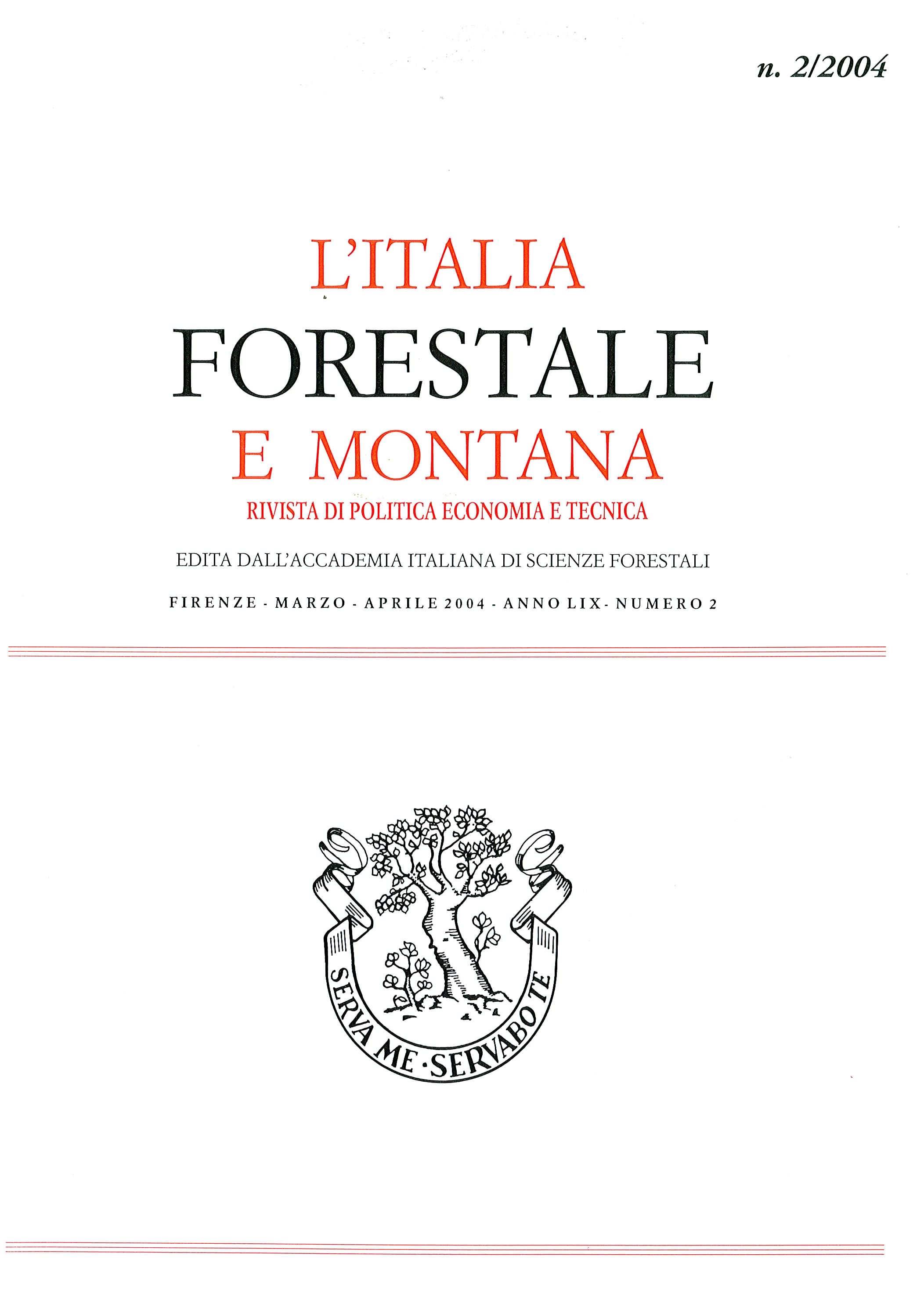Published
2004-04-29
Keywords
- Structural classification,
- forest stands,
- Forest Reserve (Paneveggio, Italy)
Abstract
The structure of forest stands in the Valbona Forest Reserve (Paneveggio, Italy) isdescribed by means of a structural typology based on 6 classes and 14 types. Among the68 sampling points the mono-layered class is the most widespread, covering more than45% of the total forest surface. The clumped and multi-layered classes are also wellrepresented with 21.6% and 17.5% of surface area respectively. The most commonlyfound type is that of mono-layered open, which is present over 34% of the total forestreserve. The current structure of the stands reflects the fact that silviculturalmanagement has been carried out in the Paneveggio reserve over the last few centuries,though natural dynamic processes due both to the abrupt reduction of forest utilizationand silvicultural intervention observed in the recent decades are also evident. Theclassification system adopted provided positive results for a valid differentiation, even instands which are almost completely pure and structurally quite similar, like those foundin the Valbona Forest Reserve.


